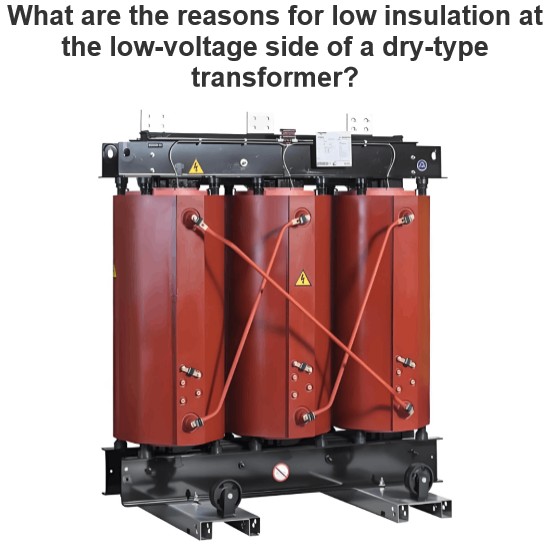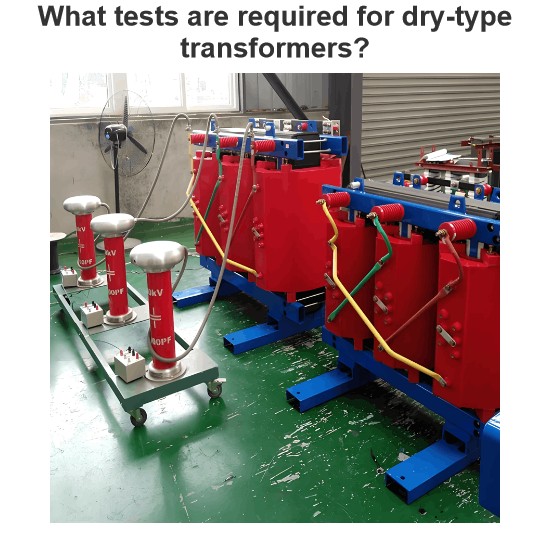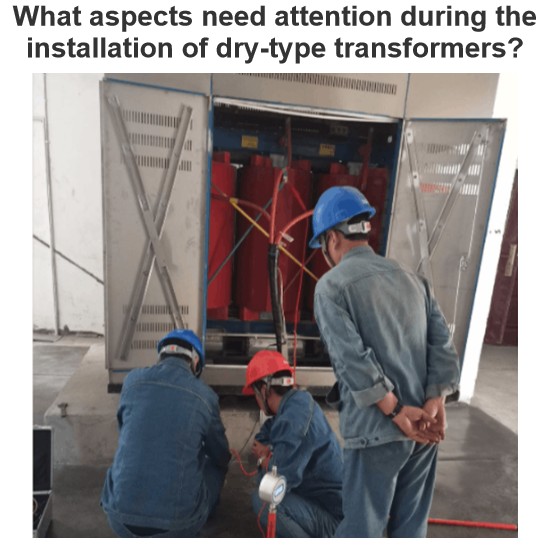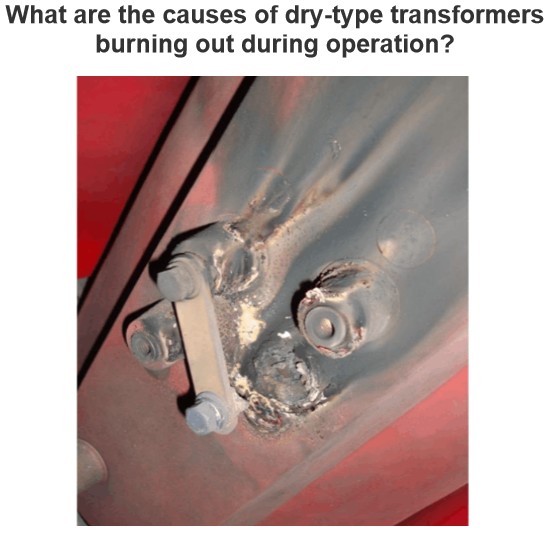Can the efficiency or capacity of existing electrical power transformers be increased using devices or techniques?
Ways to increase efficiency
Optimize core material and structure
High performance core materials are used:New core materials, such as amorphous alloys, are used. The amorphous alloy has excellent magnetic properties, and its hysteresis loss and eddy current loss are very low. Compared with the traditional silicon steel sheet core, the no-load loss of the amorphous alloy core transformer can be reduced by 70-80%. For example, an amorphous alloy iron core transformer with the same capacity can significantly reduce the waste of electrical energy and improve the energy utilization rate during long-term operation compared with a silicon steel sheet iron core transformer.
Improved core structure design:Optimize the lamination of the core, such as the lamination structure with stepped joints. This structure can reduce the magnetic circuit distortion in the core, reduce the magnetic resistance, and thus reduce the hysteresis loss. At the same time, by precisely controlling the manufacturing process of the iron core, ensuring the tightness of the iron core and reducing the air gap also helps to improve the efficiency of the transformer.
Improve winding material and winding process
High conductivity winding material is used:High purity copper or aluminum is used as the winding material, and advanced manufacturing processes are used to improve the conductivity of the material. For example, the use of oxygen-free copper as a winding material has a higher conductivity than ordinary copper, which can reduce the resistance loss in the winding. In the large capacity transformer, the winding resistance loss accounts for a large proportion of the total loss, and reducing the winding resistance loss has a significant effect on improving the transformer efficiency.
Optimize winding process:Improve the winding method, such as using transposition winding technology. In the case of multiple wires being wound simultaneously, transposition winding allows each wire to withstand current evenly at different positions in the winding, reducing additional losses due to skin effects and proximity effects. For example, in the high voltage winding of large power transformer, the transposition winding technology can effectively reduce the eddy current loss of the winding and improve the operation efficiency of the transformer.
Improved cooling system
Improved cooling efficiency:Upgrade the transformer cooling system, such as from natural air cooling to forced air cooling or oil immersed self-cooling to forced oil circulation air cooling. Forced air cooling can increase the flow rate of air through the fan and improve the heat dissipation efficiency; Forced oil circulation air cooling uses oil pumps to make transformer oil circulate quickly in the radiator, taking away more heat. Through a more effective cooling method, the working temperature of the transformer can be reduced, and problems such as increased resistance and aging of insulation caused by increased temperature can be reduced, thus improving the efficiency of the transformer.
Optimize cooling system control:Intelligent cooling system control technology is used to automatically adjust the operation of the cooling equipment according to the load and temperature of the transformer. For example, when the transformer load is light and the temperature is low, the power of the cooling equipment is automatically reduced or part of the cooling equipment is stopped; When the load increases and the temperature rises, more cooling equipment is started in time. This intelligent control can not only ensure the normal operation of the transformer, but also reduce the energy consumption of the cooling system and indirectly improve the overall efficiency of the transformer.
Ways to increase capacity
Modified winding:Increase winding turns or wire cross-sectional area If the size of the transformer core allows, the number of turns of the winding or the cross-sectional area of the winding wire can be appropriately increased. Increasing the number of turns can improve the voltage ratio of the transformer, and increasing the cross-sectional area of the wire can reduce the resistance of the winding, allowing greater current to pass through. For example, for a step-down transformer, if the number of turns of the low-voltage winding and the cross-sectional area of the wire are reasonably increased on the basis of the original, the capacity of the transformer can be improved on the basis of ensuring other performance.
Multi-strand parallel winding is used:The winding is made by winding multiple wires in parallel. In this way, the current carrying capacity of the winding can be increased, thus increasing the capacity of the transformer. At the same time, the multi-stranded parallel winding can also improve the heat dissipation performance of the winding to a certain extent, which is conducive to the stable operation of the transformer under high capacity.
Optimized insulation system
Use high performance insulation materials:The use of new insulating materials, such as high-performance insulating paper, insulating paint and so on. These new materials have higher insulation strength and heat resistance, allowing higher voltages and currents to pass through without increasing the volume of the transformer. For example, the use of new nano-composite insulation materials can withstand higher electric field strength at the same insulation distance, which provides the possibility to increase the capacity of transformers.
Use high performance insulation materials:Optimize the insulation structure of the transformer, such as reducing the air gap in the insulation layer and adopting a more compact insulation layout. Good insulation structure can improve the insulation performance of the transformer, so that the transformer can withstand higher voltage and greater current, thereby improving the capacity of the transformer.
The Electricity Encyclopedia is dedicated to accelerating the dissemination and application of electricity knowledge and adding impetus to the development and innovation of the electricity industry.













